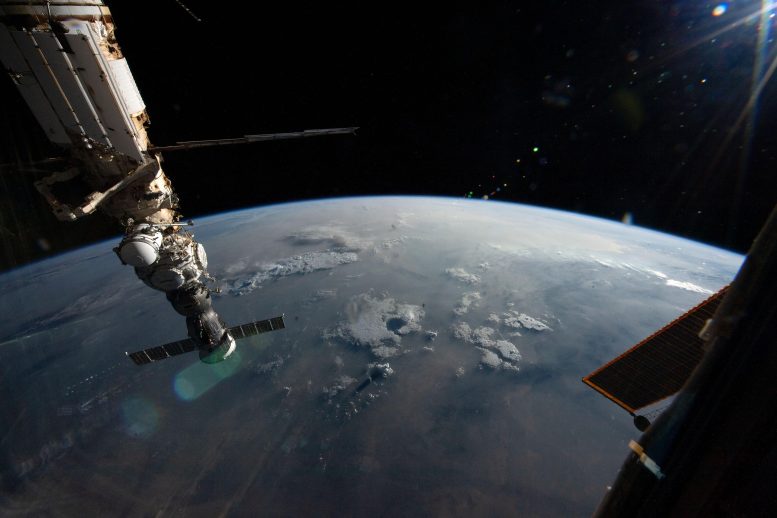
At left, the Soyuz MS-23 crew ship is docked to the Prichal docking module which is itself attached to the Nauka science module. The International Space Station was orbiting 260 miles above southern Iran at the time of this photograph on July 16, 2023. Credit: NASA
The Expedition 69 crew aboard the International Space Station engaged in an assortment of tasks on Monday, July 24, including Genes in Space operations, human health research, robotics work, and station maintenance.
NASA Flight Engineer Frank Rubio began his day by removing hard drives for later retrieval. After a similar session last week, Rubio restarted the Surface Avatar laptop computer located in the Columbus Laboratory module. He conducted another session to explore how haptic controls, user interfaces, and virtual reality can manage and control surface-bound robots from vast distances.
NASA astronaut Woody Hoburg started his day by setting up a carbon analyzer that assesses the quality of recycled water aboard the orbital lab. He later prepared hardware for the Standard Measures investigation—an experiment that gathers essential measurements from astronauts before, during, and after lengthy missions. He then collected saliva samples to aid ongoing human research.
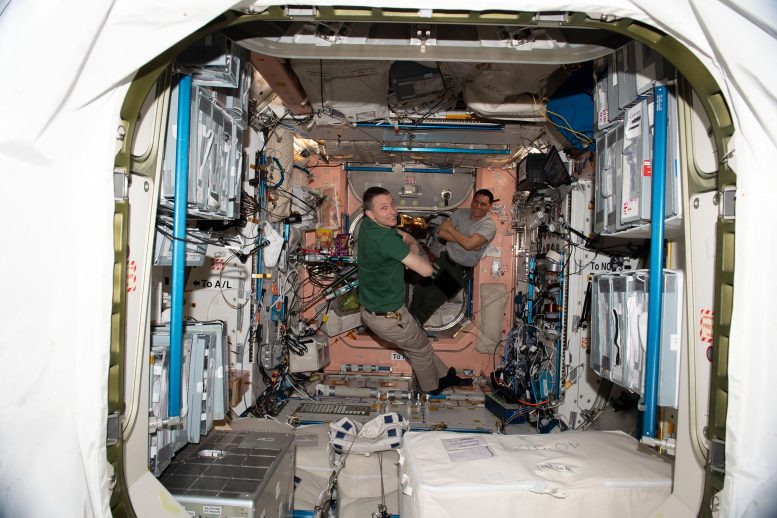
Expedition 69 Flight Engineers (from left) Woody Hoburg and Frank Rubio, both NASA astronauts, are pictured relaxing in the Unity module after an afternoon of orbital plumbing tasks aboard the International Space Station on July 12, 2023. Credit: NASA
In the afternoon, Hoburg shifted to the Japanese Experiment Module to lay new ethernet cables. His day concluded alongside Rubio and United Arab Emirates (UAE) Flight Engineer Sultan Alneyadi in the U.S. Orbital Segment. The trio performed maintenance on the Oxygen Generation System (OGS), which transmutes water into oxygen and hydrogen as part of the Water Recovery System.
Alneyadi was also responsible for conducting maintenance on Astrobee, the station’s autonomous robots designed to assist the crew with daily tasks.
NASA astronaut Stephen Bowen carried out another cycle of the Genes in Space-10 operation. This entailed measuring and analyzing DNA length using fluorescent samples. The Genes in Space program encompasses ongoing investigations that station crews have conducted for years. This program enables middle and high school students to devise DNA experiments that tackle challenges associated with space exploration.
Cosmonaut Commander Sergey Prokopyev spent his morning in the Zvezda module, where he performed maintenance tasks. He concluded his day by making preparations for the upcoming ISS Progress 85 mission. Concurrently, Flight Engineer Andrey Fedyaev was busy in the Nauka module installing brackets and stands for laptops. Meanwhile, Flight Engineer Dmitri Petelin conducted continuous investigations on liquid diffusion behavior in microgravity conditions.



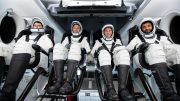

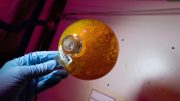
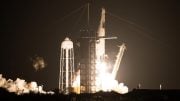
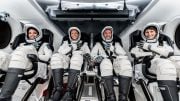
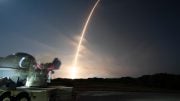
Be the first to comment on "A Busy Day Aboard the ISS: Space Biology, Human Health Research and Robotics"